Description
Latin Name: Morus rubra
Also Known As: Red Mulberry
Zone: 4-8
Height at Maturity: Typically reaches heights of 30-60 ft (9-18 m) (Missouri Botanical Garden).
Preferred Soil and Climate: Indigenous to Eastern North America, the Red Mulberry thrives in various moist soils. Its seeds are dispersed widely by birds, allowing it to grow in nearly any non-arid soil. It flourishes in open environments but can tolerate shade. Best growth occurs in well-drained, moist soils under full sun (Missouri Botanical Garden).
Additional Notes: Prune during late fall or winter if necessary. It readily propagates from seeds or small cuttings. Noteworthy features include its distinctive leaves, white sap, fruits, and bark (Missouri Botanical Garden). The bark exhibits scaly ridges, ranging in color from grayish-brown in mature trees to orangish-brown in younger specimens (Virginia Tech). Leaves are ovate and toothed, typically measuring 3-5 inches (7-12 cm) long and dark green in color. Leaf characteristics vary widely, from deeply lobed to unlobed, and textures can range from rough to smooth. Lobed leaves are more common on new shoots or leaves, while unlobed leaves predominate in the tree’s crown. Leaves turn yellow in autumn. In spring, greenish flowers appear on catkins. Edible female flowers mature into fruits resembling blackberries, about 1 inch (2.5 cm) long, sweet, and varying in color from reddish to dark purple. They are consumed fresh or used in preserves, jams, jellies, and wines. Due to their short shelf life, they are typically not commercially available (Missouri Botanical Garden). Berries ripen gradually, allowing for harvesting over several weeks in early summer. The fruit is used in pies, tarts, cobblers, and eaten raw, similar to blackberries.
Common Issues: While generally robust, southern regions may experience issues with borers. Other potential concerns include whiteflies, bacterial leaf scorch, root rot, powdery mildew, witches’ broom, scale, mites, and mealybugs (Missouri Botanical Garden).
Wildlife: Berries are primarily consumed by thrushes, robins, waxwings, vireos, orioles, cardinals, finches, and other birds, as well as mammals such as squirrels, opossums, foxes, skunks, raccoons, and deer, which browse on twigs and foliage. Beavers consume the bark.
Cold Stream Farm supplies Red Mulberry trees which are grown as bare root seedlings and transplants and sold both wholesale and retail with no minimum order
Sources:
Missouri Botanical Garden: Red Mulberry
- Virginia Tech Dendrology: Red Mulberry Fact Sheet

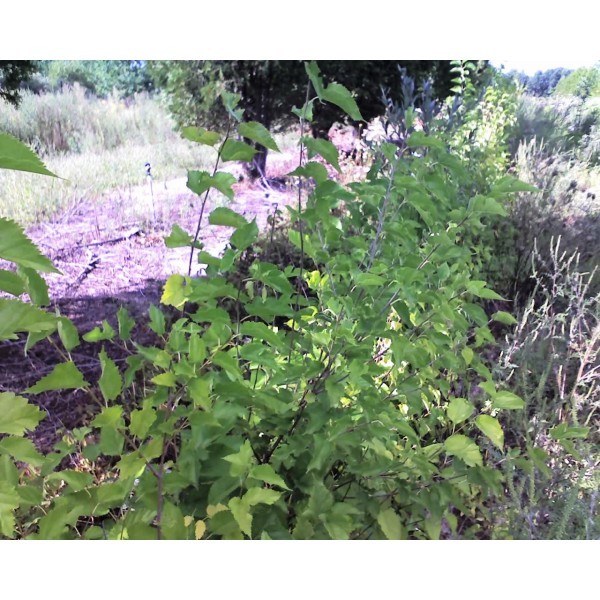
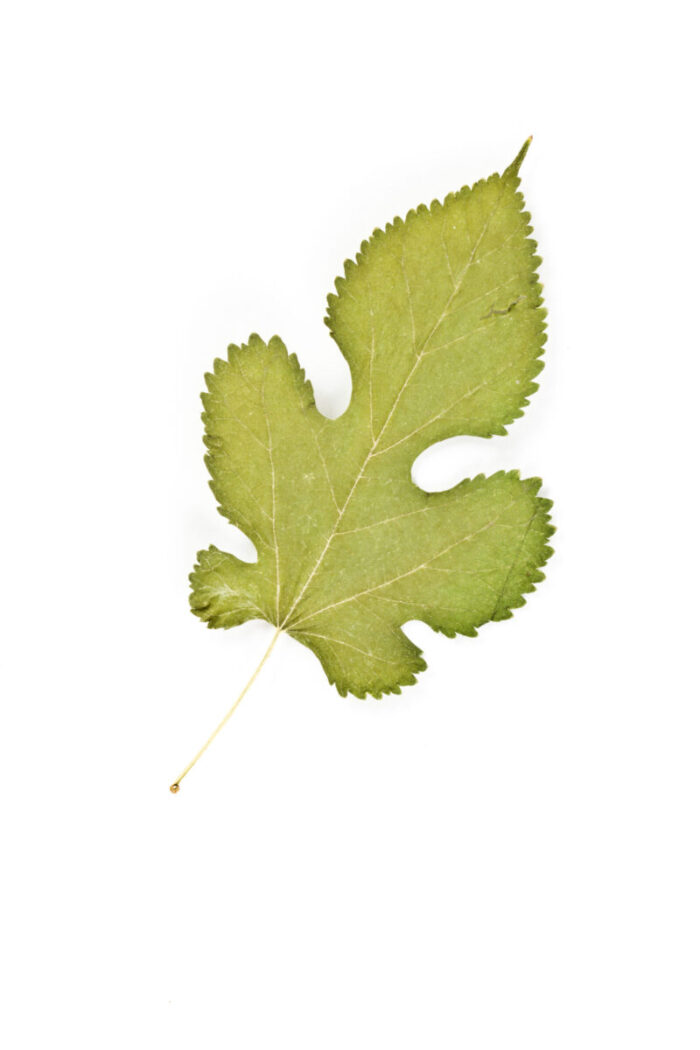
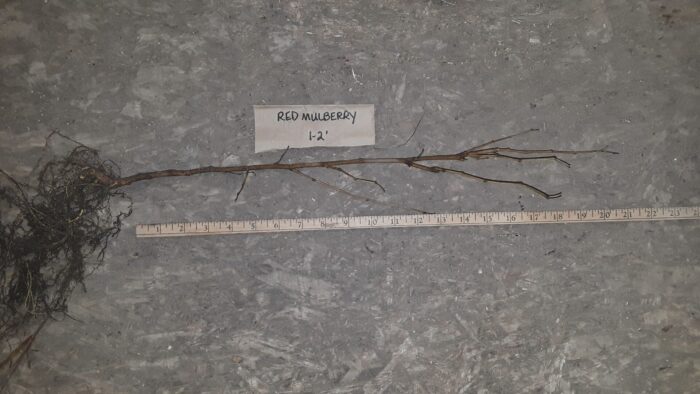
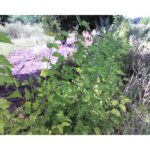
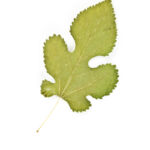
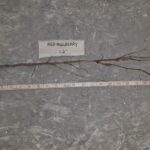
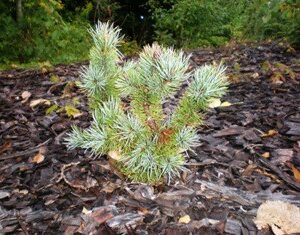
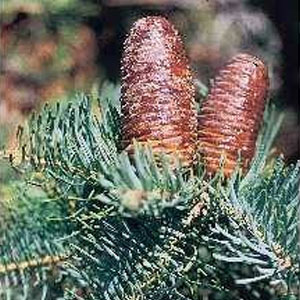
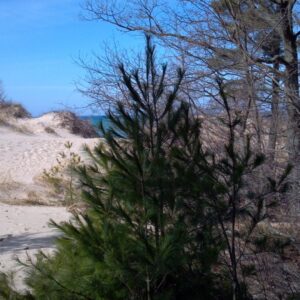
Gary Wilson –
Bought 25 for our conservation commission and planted in our community garden in the spring, in containers set into the ground. These looked like 6″ twigs and one of our group asked if we planted toothpicks! By the end of the summer with weekly watering, they had grown to 2-3′, roots were busting out of the bottoms, and they bushed out nicely! We did lose 7 which never really took off, but CSF has credited us for next year. These have now been planted across 4 different preserves and all have set nice buds for next year. Very pleased with the plants and service.
Rich B –
I purchased 2 in late spring 2021. The only size available was small, and the trees arrived in a dormant state. As the prior reviewer stated, their appearance was not especially impressive. I planted them in full sun, used a 5’ tree tube with each, and watered them every other day. It took a few weeks, but the buds turned green and the trees sprang to life. My advice is to be patient while they wake from dormancy— they are alive, have faith and keep them watered. By late summer these trees were growing faster than any tree I’ve ever planted. Today is October 19. Both trees are above the 5’ tree tubes and are thriving. I am very impressed and sincerely believe fruit isn’t far off.
SAM in SC –
Ordered 42 red mulberries 6-12″ due to the great volume discount offered by Cold Stream Farm in Spring ’21, all arrived safely in the best packaging I’ve seen in any bare root shipment and all with massive root systems. Initial placement in my prop beds where 90% of them leafed out as soon as it warmed up. Planted out a couple dozen between the front and back yards with so-so soil, all took off and averaged about 6 feet tall by the end of their first growing season before winter pruning with minimal fertilizing. The other dozen or so I left in the propegation bed, which has way better soil but still minimal fertilization, and…this is no joke…half of them topped out between 9-10 feet tall after just one growing season! To say these bare root seedlings make healthy and vigorous trees might be the gardening understatement of the decade. Best purchase I EVER made from ANY vendor for ANY kind of fruit tree. Well done Cold Stream Farm!